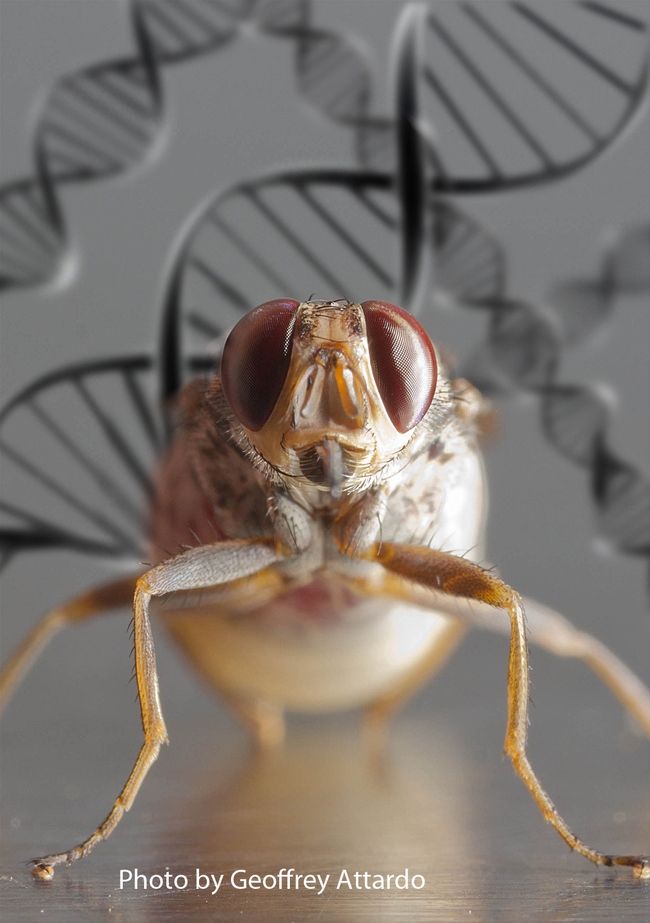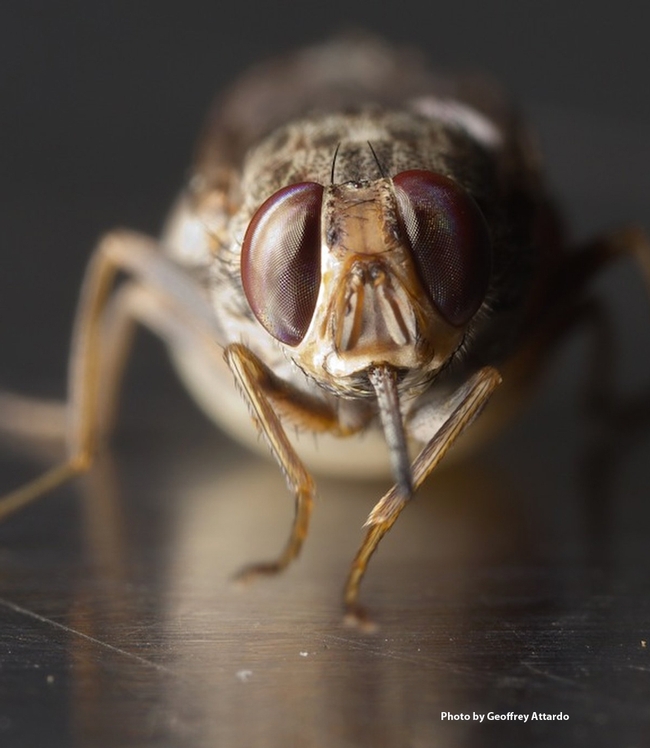- Author: Kathy Keatley Garvey
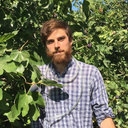
Medical entomologist Geoffrey Attardo, assistant professor, UC Davis Department of Entomology and Nematology, has compiled a great line-up of speakers for the winter quarter. The Wednesday seminars, to begin Jan. 9 and continue through March 13, will take place from from 4:10 to 5 p.m. in 122 Briggs Hall. They are open to all interested person. Some seminars will be recorded for later posting.
First up on Jan. 9 is Brian Gress, a postdoctoral fellow in the lab of integrated pest management specialist Frank Zalom, distinguished professor of entomology in the UC Davis Department of Entomology and Nematology and a past president of the 7000-member Entomological Association of America. Gress will discuss the fruit fly, Drosophila suzukii: its host selection and resistance evolution.
The spotted-wing drosophila, a major agricultural pest, damages fruit in many California counties, according to the UC Statewide Integrated Pest Program (UC IPM). First discovered here in 2008, "it infests ripening cherries throughout the state and ripening raspberry, blackberry, blueberry, and strawberry crops, especially in coastal areas. It also has been observed occasionally attacking other soft-flesh fruit such as plums, plumcots, nectarines, and figs when conditions are right."
The adults are about 1/16 to 1/8 inch long with red eyes and a pale brown thorax and abdomen with black stripes on the abdomen, UC IPM says on its website. The males have a black spot toward the top of each wing. The females have not spots. They have "a very prominent, sawlike ovipositor for laying eggs in fruit."
The seminars, as of today, Dec. 20:
Wednesday, Jan. 9
Brian Gress, postdoctoral fellow in the Frank Zalom lab, UC Davis Department of Entomology and Nematology
Title: "Host Selection and Resistance Evolution in Drosophila suzukii"
Host: Frank Zalom, distinguished professor of entomology, UC Davis Department of Entomology and Nematology
Wednesday, Jan. 16
Sarah Stellwagen, postdoctoral researcher, University of Maryland
Title: “Toward Spider Glue: From Material Properties to Sequencing the Longest Silk Family Gene”
Hosts: Hanna Kahl, doctoral student in the Jay Rosenheim lab, and Jason Bond, Evert and Marion Schlinger Endowed Chair in Insect Systematics, UC Davis Department of Entomology and Nematology
Wednesday, Jan. 23
Pending
Wednesday, Jan. 30:
Laura Burkle, assistant professor of ecology, Montana State University, Bozeman
Topic: Wild bees, interactions with flowers
Hosts: Pollination ecologist Neal Williams, professor of entomology, and Maureen Page, doctoral student in the Williams lab, UC Davis Department of Entomology and Nematology
Wednesday, Feb. 6
Alan Hastings, theoretical ecologist and distinguished professor, UC Davis Department of Environmental Science and Policy
Title: "Stochasticity and Spatial Population Dynamics"
Host: Hanna Kahl, doctoral student in the Jay Rosenheim lab, UC Davis Department of Entomology and Nematology
Wednesday, Feb. 13
Antoine Abrieux, postdoctoral fellow, Joanna Chiu lab, UC Davis Department of Entomology and Nematology
Title: "Understanding the Molecular Mechanisms underlying Photoperiodic Time Measurement in Drosophila melanogaster"
Host: Joanna Chiu, associate professor and vice chair of the UC Davis Department of Entomology and Nematology
Wednesday, Feb. 20:
Alexander Raikhel, distinguished professor, UC Riverside
Title: "The Role of Hormone Receptors and MicroRNAs in Mosquito Reproduction and Metabolism"
Host: Geoffrey Attardo, assistant professor, UC Davis Department of Entomology and Nematolgoy
Wednesday, Feb. 27:
Lauren Esposito, faculty member, San Francisco State University, and assistant curator and Schlinger Chair of Arachnology at the California Academy of Sciences
Title: "Evolution of New World Scorpions and Their Venom"
Host: Jason Bond, Evert and Marion Schlinger Endowed Chair in Insect Systematics, UC Davis Department of Entomology and Nematology
Wednesday, March 6:
Monika Gulia-Nuss, assistant professor, biochemistry and molecular biology, University of Nevada, Reno
Topic: DNA Methylation in Ticks
Host: Geoffrey Attardo, assistant professor, UC Davis Department of Entomology and Nematology
Wednesday, March 13:
Pending
Spring Break: March 20-27
For further information on the seminars, contact Geoffrey Attardo at gmattardo@ucdavis.edu.
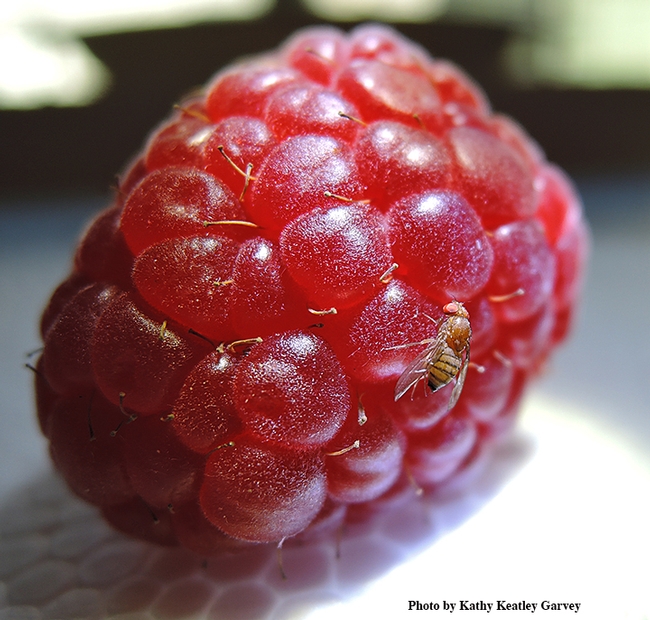
- Author: Kathy Keatley Garvey
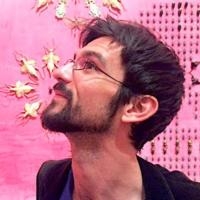
That's part of the creative title of a seminar that Arnaud Martin, assistant professor of biology, George Washington University, Washington, DC, will deliver next week to the UC Davis Department of Entomology and Nematology.
Martin, an evolutionary geneticist who studies butterfly wing patterns, will speak on "Do Butterflies Dream of Genetic Tattoos? Exploring the Genotype-Phenotype Map Using CRISPR" at the UC Davis Department of Entomology and Nematology seminar at noon, Friday, Oct. 19 in 122 Briggs Hall, announced seminar coordinator Geoffrey Attardo, assistant professor, UC Davis Department of Entomology and Nematology.
CRISPR is an abbreviation for Clustered Regularly Interspaced Short Palindromic Repeats. Definition: Segments of DNA containing short, repetitive base sequences in a palindromic repeat (the sequence of nucleotides is the same in both directions).
"He is doing some really cool work investigating the mechanisms underlying wing patterning in butterflies using CRISPR to knock out genes that regulate those mechanisms," said Attardo, who noted that the seminar was initially scheduled for 4:10 p.m., Wednesday, Oct. 17 but was changed to noon, Friday, Oct. 19.
Martin, who researches the evolutionary and developmental genetics of butterflies and moths, was recently quoted in a Washington Post article (Sept. 19, 2017) titled "Mutant Butterflies Reveal the Genetic Roots of Colorful Wings." Reporter Ben Guarino wrote: "Engineered mutant butterflies give a glimpse deep into the genetic roots of wing patterns, an international team reported Monday in the Proceedings of the Natural Academy of Sciences. The authors of the new study rearranged colors on butterfly wings by deleting a single gene using a genome editing tool called CRISPR. The gene's absence had a dramatic effect in sever butterfly species, including some that aren't closely related."
"We use butterfly wing patterns as a proxy to understand fundamental rules about the function of genes," Martin told Guarino.
About his UC Davis talk: "Understanding the generative mechanisms of morphological diversification requires the routine manipulation of genomes in a comparative context," Martin says. "I will present how current work using CRISPR mutagenesis has allowed to decipher developmental mechanisms behind the diversification of a spectacular of morphological radiation: the color wing patterns of butterflies. These experiments illustrate how evo-devo can delve into the genome-to-phenome relationship at different taxonomic nodes, from population levels to more macro-evolutionary scales. I will discuss this principle in the broader context of GepheBase (www.gephebase.org), a database of known genotype-phenotype that compiles from the literature more than 1600 allele pairs across all Eukaryotes."
Martin received his doctorate in biological sciences in 2010 from UC Irvine (thesis: "The Developmental Genetics of Color Pattern Evolution in Butterflies.") He then did postdoctoral research at Cornell University and UC Berkeley before joining the Department of Biological Sciences at George Washington University in January 2016.
He's the principal investigator on a $414,266 National Science Foundation grant (2017-2020) on "Collaborative Research: cis-Regulatory Basis of Butterfly Wing Pattern Evolution," and co-author of a research article on "CRISPR/Cas9 as the Key to Unlocking the Secrets of Butterfly Wing Pattern Development and Its Evolution," published in December 2017 in Advances in Insect Physiology.
The abstract: "With the exception of a few moth and butterfly species, gene-editing tools in Lepidoptera have been lagging behind other well-studied insects. In order to elucidate gene function across the order, it is necessary to establish tools that enable such gene manipulation. CRISPR/Cas9 is a promising technique and here we review the recent progress made in implementing the technique in butterflies; from broad patterning of the wing, to the development of specific colours in particular wing sections, to eyespot formation. The often species-specific responses to the CRISPR/Cas9-induced mutations in candidate genes, underscore the significance of these genes in the wide evolutionary diversification of butterfly wing patterns. We further discuss potential caveats in the interpretation of the resulting mutant phenotypes obtained through CRISPR/Cas9 gene editing. Finally, we discuss the possibilities CRISPR/Cas9 offers beyond mere knockout of candidate genes, including the potential for the generation of transgenics that will further elucidate the developmental genetic basis for wing pattern evolution."
Attardo says the seminar will be recorded and posted at a later date.
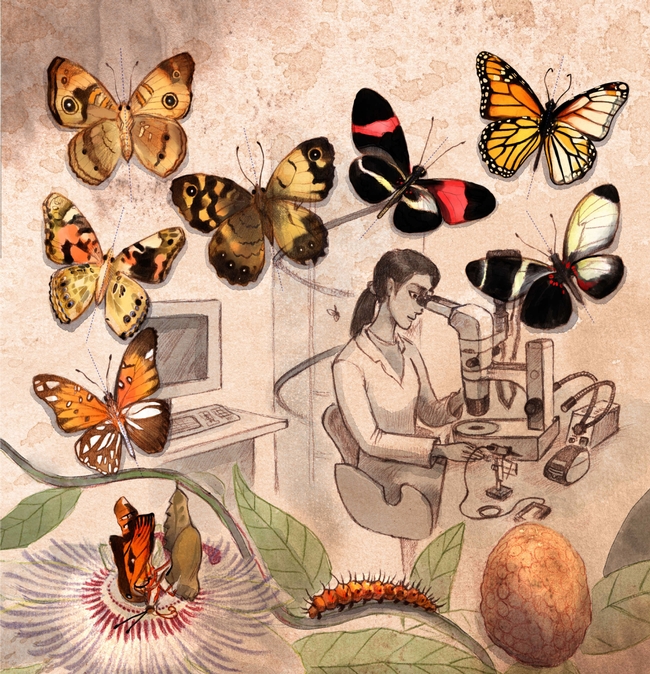
- Author: Kathy Keatley Garvey
Tsetse flies, large biting flies that inhabit much of Africa, feed on the blood of humans and other vertebrates and transmit such parasitic diseases as African trypanosomiasis. In humans, this disease is better known as sleeping sickness.
In 2009, after continued control efforts, the number of cases reported dropped below 10,000 (9878) for the first time in 50 years. This decline in number of cases has continued with 2804 new cases reported in 2015, the lowest level since the start of systematic global data-collection 76 years ago. The estimated number of actual cases is below 20 000 and the estimated population at risk is 65 million people.--World Health Organization
"Tsetse flies are the sole vectors of human and animal trypanosmiasis throughout sub-Saharan Africa," says Geoffrey Attardo, assistant professor, UC Davis Department of Entomology and Nematology.
He'll present a seminar on "Comparative Genomic Anaylsis of the Tsetse Fly: The Genetics of Lactation, Seminal Proteins and Other Unique Adaptations" at 4:10 p.m., Wednesday, Oct. 10 in 122 Briggs Hall. (He is also chairing the department's seminars for the 2018-2019 academic year.)
Attardo says that these "flies are distinguished from other Diptera by unique adaptations including male specific reproductive adaptations, lactation and the birthing of live young (obligate viviparity), exclusive blood feeding by to the sexes and visually based host seeking. To understand the genetic changes underlying these adaptations, we sequence the genomes of six species of tsetse flies representing three sub-genera. These sub-genera represent different habitats, host preferences and vectorial capacity."
In his talk, he will "describe some of our findings from these analyses and how the genetics of these flies compare with relatives such as Drosophila, with an emphasis on the genetic changes underlying tsetse's dramatic reproductive adaptations. In addition, we will discuss observations associated with visual, olfactory, and salivary biology, as well as the identification of features novel to Glossina and their respective sub-genera."
Attardo joined the department July 1, 2017 as an assistant professor after 13 years at the Yale University School of Public Health, New Haven, Conn., first as a postdoctoral fellow from 2004 to 2008, and then as associate research scientist and research scientist
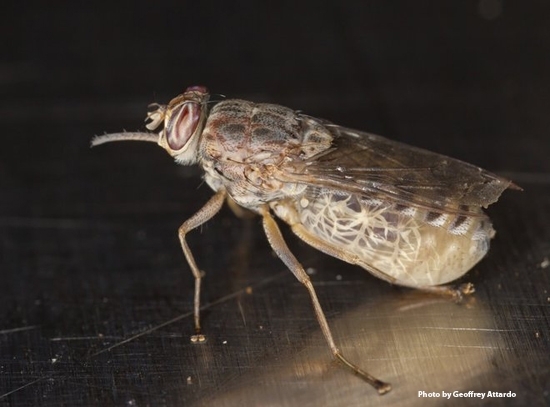
“I got my start in science working as an undergraduate researcher” at the University of Massachusetts in the lab of John Edman, who moved to UC Davis in 1999. There Geoffrey reared and worked with various mosquito species and kissing bugs for four to five years. He also worked on aspects of mosquito ecology, reproduction and nutrition with Edman and Thomas Scott, now both UC Davis emeriti professors of entomology.
“I decided to develop my career in science and went to work in Dr. Alexander Raikhel's lab at Michigan State University as a graduate student. I was always drawn to understanding the molecular mechanisms underlying the extreme biology of insects and Dr. Raikhel's lab provided that opportunity. There I focused on the molecular biology of egg development in mosquitoes.”
After receiving his doctorate, Attardo joined the Yale lab of Serap Aksoy to work on tsetse flies. “In terms of fascinating physiological adaptations, the tsetse fly is one of the champions of the insect world!” Attardo says. “In addition to being vectors of a deadly disease, Trypanosomiasis, these flies have undergone amazing alterations to their physiology relative to other insects. Some examples of this are their ability feed exclusively on blood, their obligate relationship with a bacterial symbiont, the fact that they lactate and that they give birth to fully developed larval offspring. The opportunity to study the adaptations these flies have made is like opening a toy chest for an insect physiologist. My work in tsetse has focused on the molecular biology underlying the adaptations associated with the development of lactation, symbiosis, male and female mating interactions/physiology and nutrient metabolism and mobilization.”
In research on mosquitoes, Attardo demonstrated that mosquitoes require nutritional cues to begin egg development. “Egg development had been known to be regulated by a steroid hormone called 20-hydroxyecdysone,” Attardo explained. “However, treatment of mosquitoes with this hormone along did not activate egg development. My research showed that when female mosquitoes take blood, the protein in the blood is broken down into amino acids which in combination with the hormone activate egg development. Either amino acids or the hormone along were not capable of activating this process, but when they are combined it unlocks a massive physiological change which causes the production of yolk proteins and activation of egg development.”
One of the highlights of his career: the publication of the tsetse fly genome in the journal Science. He served as the annotation coordinator, editor and illustrator for the publication. One of his tsetse fly images graced the cover. “The publication of the genome opened up new avenues of research in tsetse that were previously unavailable and facilitates more work to be done on this important disease vector by making all this data available to the community,” Attardo related. “I am working on following up this work with a paper comparing the genome sequences of six different species of tsetse flies that differ in their geographic, ecological, host preference and vectorial capacity characteristics. We hope to connect the underlying genetics of these flies with with these differing life traits to understand their biology, evolution and identify potential targets with which to control this vector.”
A native of Poughkeepsie, N.Y., Geoffrey received his bachelor's degree in entomology from the University of Massachusetts, Amherst, in 1994 and his doctorate in genetics from Michigan State University, East Lansing, in 2004.
A career in science came naturally. “My parents are both somewhat scientifically inclined, so I may have taken after them,” he says. “My father has a doctorate in metallurgy from Columbia University and led a long successful career at IBM. My mom was a full-time mom, but has a background in microbiology with a master's degree from Yale.”
(Editor's note: See list of seminars for the fall quarter.)
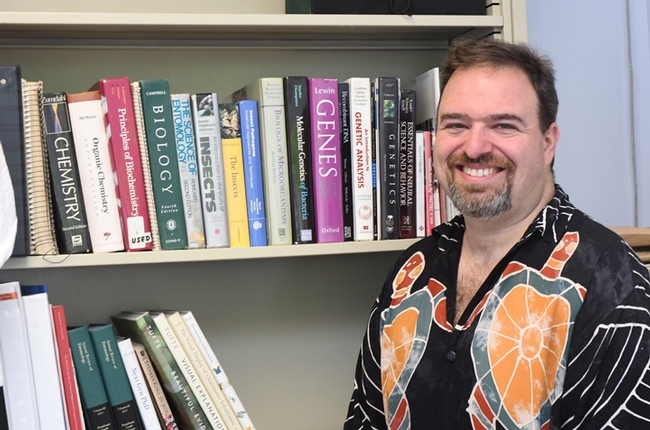
- Author: Kathy Keatley Garvey
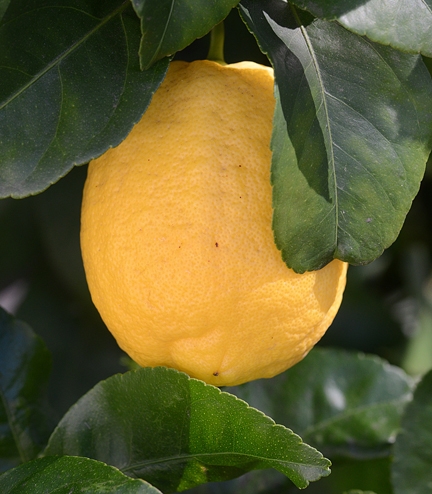
But Mark Hoddle, Extension entomologist and director of the Center for Invasive Species Research at the University of California, Riverside, is.
The Asian citrus psyllid or ACP, a mottled brown insect about the size of an aphid, has emerged as the most important exotic insect pest of citrus in California, and he, along with many others, is targeting it.
Hoddle will speak on “Protecting California Agriculture from Invasive Pests: Biocontrol of Asian Citrus Psyllid in Urban Southern California" when he presents the UC Davis Department of Entomology and Nematology's first seminar of the fall quarter on Wednesday, Sept. 26.
His lecture is from 4:10 to 5 p.m., Wednesday, Sept. 26 in 122 Briggs Hall, announced seminar coordinator Geoffrey Attardo, assistant professor and medical entomologist, UC Davis Department of Entomology and Nematology.
ACP or Diaphorina citri feeds on phloem juice in new leaf growth, deforming the leaves, but more importantly, Hoddle and fellow researchers point out, it vectors the bacterium (Candidatus Liberibacter asiaticus) that causes "the lethal and untreatable citrus disease," huanglongbing (HLB), also called citrus greening disease.
Now researchers are applying an alternative approach, a classical biological control program using two parasitoids from Parkistan. They attack the psyllid nymphs.
As its name implies, the Asian citrus psyllid originated in Asia. It has now spread throughout much of the world, including parts of the Middle East, South and Central America, Mexico and the Caribbean. It was first detected in Florida (Palm Beach County) in 1998, and is now found in Louisiana, Georgia, Arizona, South Carolina, Texas and California. It was first detected in California (San Diego County) in August of 2008. It is a major threat to the multibillion dollar citrus industry in the United States.
The UC Statewide Integrated Pest Management Program has published a Pest Note about the disease and tells how to inspect your citrus trees:
"Homeowners and landscapers can help combat the psyllid by inspecting their citrus trees and reporting new infestations of the Asian citrus psyllid or suspected cases of the disease. The best way to detect the psyllid is by looking at tiny new leaves (feather flush growth) on citrus trees whenever new leaves are forming on the tree. Mature citrus trees typically produce most of their new growth in the spring and fall, but young trees and lemons tend to produce flushes of new growth periodically during warm weather."
"Slowly walk around each tree and inspect the flush growth. Look for signs of psyllid feeding and damage, including twisted leaves, waxy deposits, honeydew, sooty mold, and adult psyllids."
"If you think psyllids are present, use a hand lens to look for small yellow eggs, psyllid nymphs with their waxy tubules, and adults. Immature stages (eggs and nymphs) are limited to tender new leaves and they don't fly, so monitoring efforts are most effective when directed toward these stages on feather flush."
"If you think you have found the insect, immediately contact the CDFA Exotic Pest Hotline at 1-800-491-1899. CDFA staff will tell you if you are in an area that is new to the psyllid or if it is common in your area."
Hoddle, an Extension specialist, received his bachelor's degree (1988) and master's degree (1991) in zoology from the University of Auckland, New Zealand. He holds a doctorate in entomology (1996) from the University of Massachusetts, Amherst.
Since 1997, Hoddle has focused his research on biological control as a tool to reduce the impact of invasive pest species to agriculture, urban and natural areas, with a primary focus on issues affecting California. These programs, he says, often require long periods of overseas research in the home range of the target pest and searching for and studying natural enemies for possible use in biological control.
Hoddle received the Entomological Society of America's "Recognition Award in Entomology" in 2007, after earlier winning the the Pacific Branch of ESA award.
Attardo says that all seminars will take place on Wednesdays at 4:10 in 122 Briggs Hall, located on Kleiber Hall Drive.
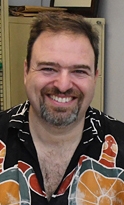
Wednesday, Oct. 3
Daniel Karp, assistant professor in the UC Davis Department of Fish, Wildlife, and Conservation Biology: "Harmonizing Biodiversity Conservation with Agricultural Production Across Working Landscapes"
Host: Jay Rosenheim, professor, UC Davis Department of Entomology and Nematology
Wednesday, Oct. 10
Alexander Raikhel, distinguished professor of entomology, UC Riverside: "The Role of Hormone Receptors and MicroRNAs in Mosquito Reproduction and Metabolism"
Host: Geoffrey Attardo
Wednesday, Oct. 17
Arnaud Martin, assistant professor of biology, George Washington University: "Do Butterflies Dream of Genetic Tattoos? Exploring the Genotype-Phenotype Map Using CRISPR"
Host: Geoffrey Attardo
Wednesday, Oct. 24
Naoki Yamanaka, assistant professor, UC Riverside: "A Membrane Transporter Is Required for Cellular Uptake of Ecdysone"
Host: Geoffrey Attardo
Wednesday, Oct. 31
Fred Wolf, assistant professor, UC Merced: (tentative title) "Drunken Drosophila and the Coding of Brain Plasticity"
Host: Joanna Chiu, associate professor and vice chair, UC Davis Department of Entomology and Nematology
Wednesday, Nov. 7
Lark Coffey, assistant professor in the Department of Pathology, Microbiology and Immunology, UC Davis School of Veterinary Medicine: "Zika Virus in Macaques, Mice and Mosquitoes: Contrasting Virulence and Transmissibility in Disparate Hosts"
Host: Geoffrey Attardo
Wednesday, Nov. 14
(No seminar; Entomological Society of America's annual meeting takes place from Nov. 11-14 in Vancouver, B.C.)
Wednesday, Nov. 21
(No seminar; Thanksgiving week)
Wednesday, Nov. 28
Robert Page, Provost emeritus of the University of Arizona and emeritus professor and chair of the UC Davis Department of Entomology and Nematology: "Reverse Engineering Social Structure in Honey Bees: a 25-Year Journey"
Host: Steve Nadler, professor and chair, UC Davis Department of Entomology and Nematology
Wednesday, Dec. 5
Cindy Preto, recent graduate (master's degree in entomology from UC Davis, Frank Zalom lab) "Behavior and Biology of the Three-Cornered Alfalfa Hopper in Vineyards."
Host: Frank Zalom, distinguished professor, UC Davis Department of Entomology and Nematology
For more information on the seminars, contact Attardo at gmattardo@ucdavis.edu.
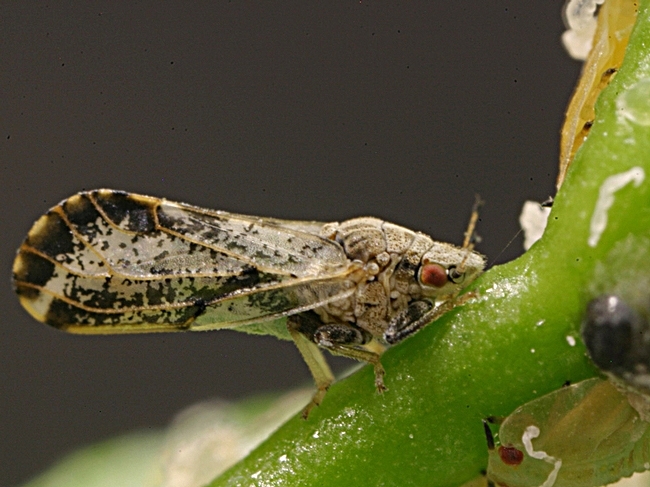

- Author: Kathy Keatley Garvey
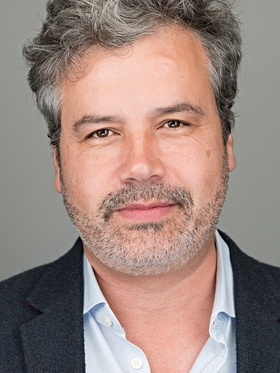
The tsetse fly (Glossina genus), found in sub-Saharan Africa, transmits Trypanosomiasis, a parasitic disease that we commonly refer to as "sleeping sickness."
Sleeping sickness occurs in 36 sub-Saharan Africa countries, but due to sustained control efforts, the number of new cases is decreasing, according to the World Health Organization (WHO): "In 2009 the number reported dropped below 10,000 for the first time in 50 years, and in 2015 there were 2804 cases recorded."
Enter Alvaro Acosta-Serrano of Liverpool School of Tropical Medicine, England, who researches tsetse flies.
Acosta-Serrano speaks on "A Hunger Game: Exploiting Tyrosine Degradation for Tsetse Control" at the next UC Davis Department of Entomology and Nematology seminar, set for 4:10 p.m., Wednesday, March 14 in 122 Briggs.
His research focuses on fundamental aspects of the biology of kinetoplastid parasites and their vectors, and on developing molecular tools to control and prevent parasite transmission in disease-endemic areas.
In his abstract, Acosta-Serrano writes: "My lab uses a combination of biochemistry, molecular genetics and cell biology to study the interactions between African trypanosomes and tsetse flies. These parasites undergo a complex life cycle in the tsetse that involves migration and colonization of different fly tissues. Establishment of a trypanosome infection occurs after the parasites reach the ectoperitrophic space (ES), which is in direct contact with the gut epithelium and is separated from the lumen by the peritrophic matric (PM). The tsetse PM works a barrier for oral pathogens and harmful molecules present in the blood meal. Although unproven, the most accepted hypothesis of how T. brucei reaches the ES is by direct crossing of the tsetse PM."
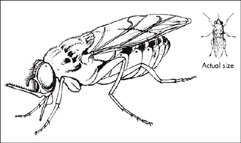
"My lab studies the reproductive biology and genetics of tsetse flies and other disease vectoring insects," Attardo related. "Tsetse flies are very unique in that they lactate and give birth to live young. We are exploring the fascinating physiological processes underlying the strange reproductive biology of this important vector insect. This work covers multiple areas of reproduction in tsetse including nutrition; analysis of genes associated with milk production; the molecular and biochemical interactions between male and female flies and the role symbiotic bacteria play in tsetse reproduction. We hope to eventually use what we learn to enhance current tsetse control efforts by exploiting their reproductive biology."
Attardo, who joined the faculty last year, holds a doctorate in genetics from Michigan State University and worked for 13 years at the Yale School of Public Health in the Department of Epidemiology of Microbial diseases, first as a postdoctoral associate and then as a research scientist. (See feature story)
The UC Davis Department of Entomology and Nematology hosts weekly research seminars at 4:10 p.m. on Wednesdays in 122 Briggs Hall, off Kleiber Hall Drive. The seminar on tsetse flies is the last of the winter quarter series. Coordinators are assistant professor Rachel Vannette; Extension apiculturist Elina Lastro Niño and Ph.D student Brendon Boudinot.
